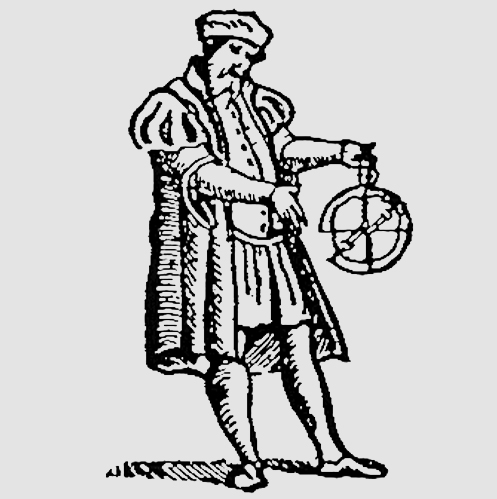Date/Time
Wednesday
25 Apr 2012
12:00 pm - 1:30 pm
Location
470 Stephens Hall
Event Type
Brownbag
Michelle Pridmore-Brown
OHST Visiting Scholar
The sexed reproductive clock—or the biological clock as it is now tellingly called—applies to women and not men; it describes the marked decline in female fertility after age 27 or so and especially after age 37. An artefact of our evolutionary past when we diverged from our primate cousins, the sexed clock is responsible for what has been termed the grandmother lifespan. In the past decades, as female professionals in particular have overridden the dictates of this clock, we have seen the cooptation of the grandmother lifespan for motherhood; the adaptive refashioning of paternal behaviors (and of research around those behaviors); and the rethinking of procreative timing in the context of postindustrial costs and benefits. Timing is increasingly framed as a dynamic epi-factor in the making of cells, embryos, humans, societies, and of their long-term health (variously defined).
In the first part of this talk, I will discuss “natural law,” or moral law, as having for centuries revolved around a tacit understanding of the biological clock as a kind of biocultural chronotope. Natural or moral law was, and still is in some parts of the neo-Puritan U.S., based around suppositions about what is unnatural as dictated by that clock. In the second part, I will address the role of the American Society of Reproductive Medicine (ASRM) in disestablishing the clock and so disestablishing natural law. Initially, it did so via the normalization of reproductive outliers—and then through the strategic use of evidence-based medicine to inform ‘postmodern’ bioethics. In this second section, I will focus at some length on one pivotal and surprisingly early ASRM position document on the ethics of postmenopausal reproduction. In the third and last part, I will briefly highlight some of the current research on, and rhetoric around, aging reproduction and the artificial making of humans.
Additional sponsorship comes from: Office for the History of Science and Technology



